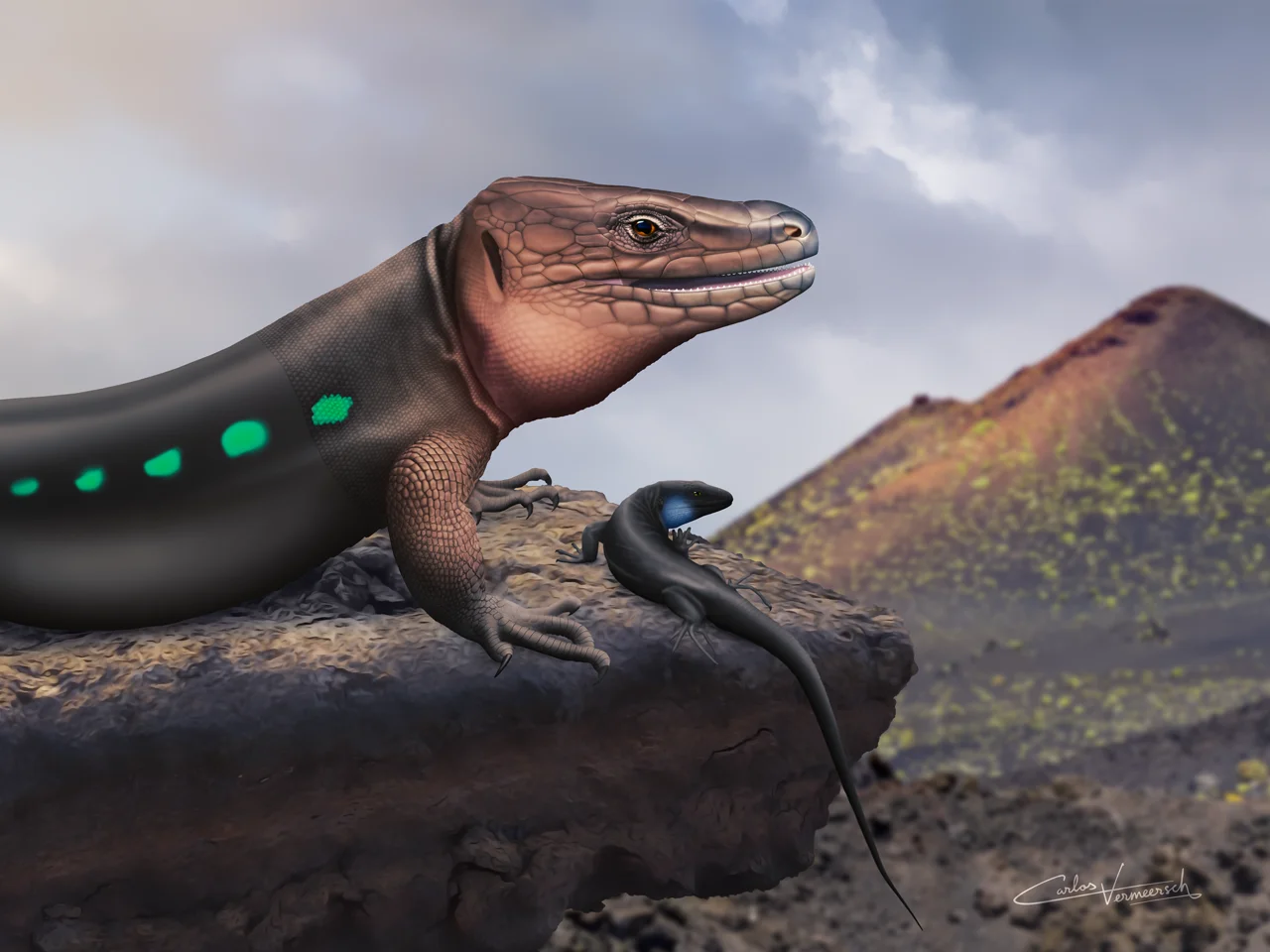Identity of the ancient Canarian aboriginals
The ancient Canarians through the eyes of Roman and Greek authors, Muslims and Christians, and archaeogical and genetic evidence.


Identity of the ancient Canarian aboriginals


Language and writing systems of the ancient Canarian aboriginals


The Ancient Canarian Aboriginals

La Palma stick grasshopper (𝘈𝘤𝘳𝘰𝘴𝘵𝘪𝘳𝘢 𝘦𝘶𝘱𝘩𝘰𝘳𝘣𝘪𝘢𝘦)


Paleoconéctate: Congress of Paleontology


Prehistory and History of the Canary Islands

Cory's Shearwater


Extinct giant lizards of the Canary Islands: 𝘎𝘢𝘭𝘭𝘰𝘵𝘪𝘢 𝘨𝘰𝘭𝘪𝘢𝘵𝘩 & 𝘎. 𝘢𝘶𝘢𝘳𝘪𝘵𝘢𝘦

Western Canaries Lizard